Describing Actions Using “得”
In Q1, we never really covered how to describe actions, so let's do that here! Fortunately, the formula is very similar: we add 得de between any verbs and the connecting description! Don't fear the “得de” -- It is pronounced the exact same as “的de” and serves the same basic purpose -- connecting. If seeing the two different characters freaks you out, we understand -- they function almost the exact same, so you can think of them as different uses of the same word.
The basic structure looks a little something like this:
[verb] 得 [intensifier + description] |
| Jiǎozi bāo de bùhǎokàn. ——>The dumpling was wrapped ugly-ly. 饺子包得不好看。 |
|
Nǐ tiàowǔ tiàode fēicháng hǎo. ——> You dance very well. |
|
Nǐ shuō zhōngwén shuō de tèbié hǎo. ——>You speak Chinese especially well! |
Why did we repeat the "跳tiào" and "说shuō” in that last two? Basically, it is the same logic as when expressing duration. In this case, 得de has to come RIGHT AFTER THE VERB. By repeating the verb, we can have an object and a description in the same sentence!
Verb + Obj + Verb + 得 + Description.
So, what if we want to ask "how well does A do the action?". Well, good news, this is super easy and uses a word we already know: "怎么样zěnmeyàng?" You might remember from Q1, 怎么样zěnmeyàng means "how is it/what's it like?". We will literally just throw it on the end of our verb phrase where the adjective goes!
Subject + (verb+obj) + [verb] 得 + 怎么样? |
|
Nǐ shuō zhōngwén shuō de zěnme yàng?——> How is your Chinese? |
|
Tā pǎobù pǎode zěnme yàng?——> How is his running? |
|
Māma kāichē kāi de zěnmeyàng?——> How is your mom's driving? |


